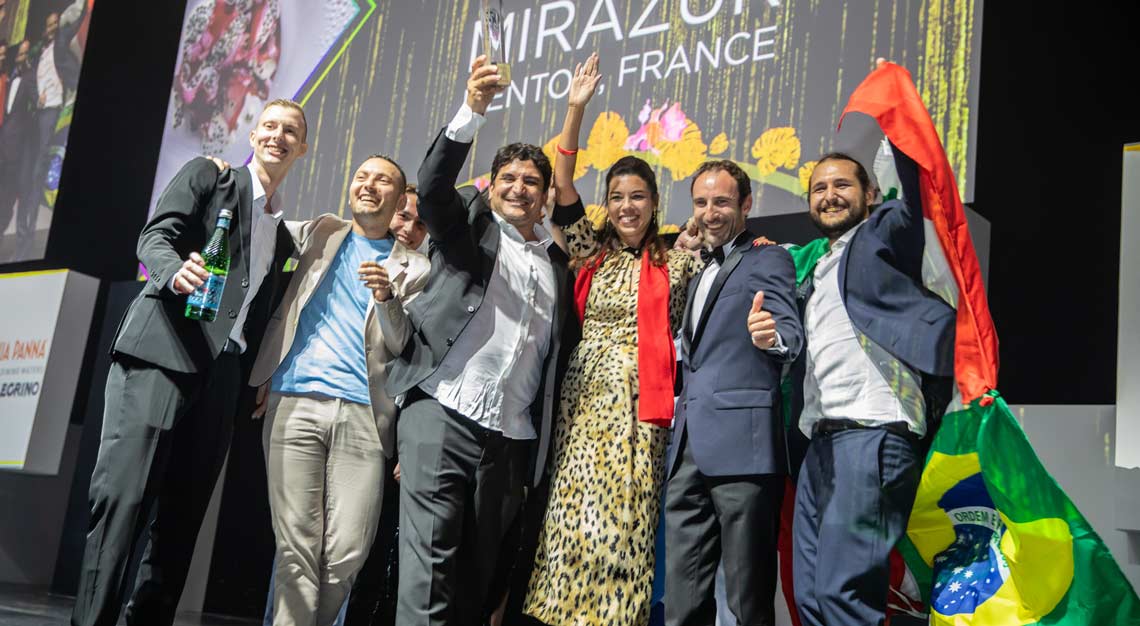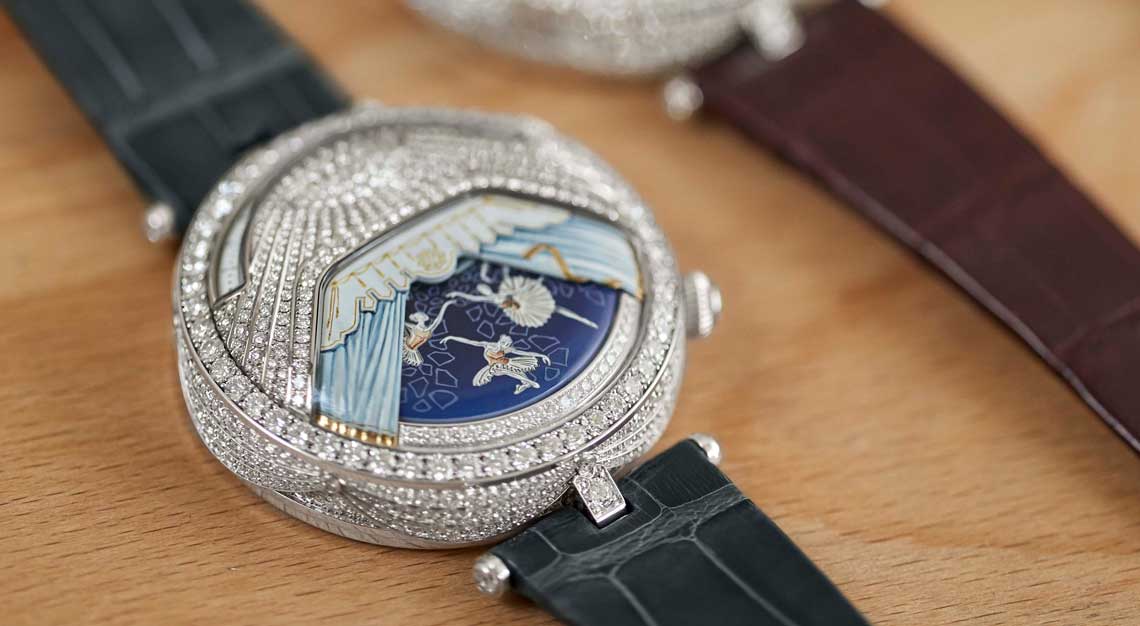The Answers With… Magnus Renfrew, co-founder of ART SG, the international contemporary art fair bringing the world to Singapore and Southeast Asia
Magnus Renfrew: a name synonymous with shaping the very fabric of the contemporary art world, a visionary navigating the nuanced tapestry of global artistic expression. As the co-chairman and global director at The Art Assembly, Renfrew stands as a linchpin in the realm of international art fairs. His imprint spans across continents, from the vibrant energy of Photofairs Shanghai to the cultural pulse of Sydney Contemporary.

Renfrew’s journey is one entrenched in the vibrant colours of the Asian art market. A trailblazer from the inception of Art HK, which metamorphosed into the colossal Art Basel in Hong Kong, he has carved paths where art intersects with innovation and commerce. A founding director of ART SG, his influence echoes through its very foundation, culminating in the convergence of 115 exceptional galleries from 33 diverse corners of the world, infusing Singapore and Southeast Asia with an artistry that knows no bounds.
Beyond the glitz of art fairs, Renfrew’s legacy extends into advisory roles, wielding his expertise as Chair of the Advisory Council for Para Site Art Space and contributing significantly to the Hong Kong Arts Development Council. His insights have also graced the coveted pages of influential art publications, securing a place on the esteemed Power 100 lists of ART + AUCTION, ART REVIEW, and Le Journal des Arts.
Rooted in Cambridge, UK, Renfrew’s academic prowess, marked by a 1st Class MA (Hons) and the prestigious OE Saunders Prize for Art History from the University of St Andrews, acts as a robust foundation beneath his towering achievements. His narrative is one woven with expertise, experience, and an unyielding passion for the art world’s evolution.

As ART SG returns to Marina Bay Sands, Singapore, for its second edition, Magnus Renfrew emerges as a guiding voice, poised to offer invaluable perspectives on the contemporary art scene, a realm he has helped shape and redefine throughout his illustrious career.
Your role in establishing Art Basel Hong Kong was pivotal. What inspired you to initiate Art HK and what were the biggest challenges you faced in its transformation into Art Basel Hong Kong?
We saw the need for an international art fair for Asia on its doorstep and its terms. We were early to recognise the incredible opportunity to expand the market in Asia for contemporary art from around the world, and the need to promote art from Asia globally.
ART HK played a pivotal role in both of these and by the time MCH Group, the parent company of Art Basel, acquired the Fair, it was already one of the most important art fairs in the world, with 250 exhibitors from 37 countries and an attendance of over 60,000 visitors. As such, the transformation into Art Basel was relatively straightforward.
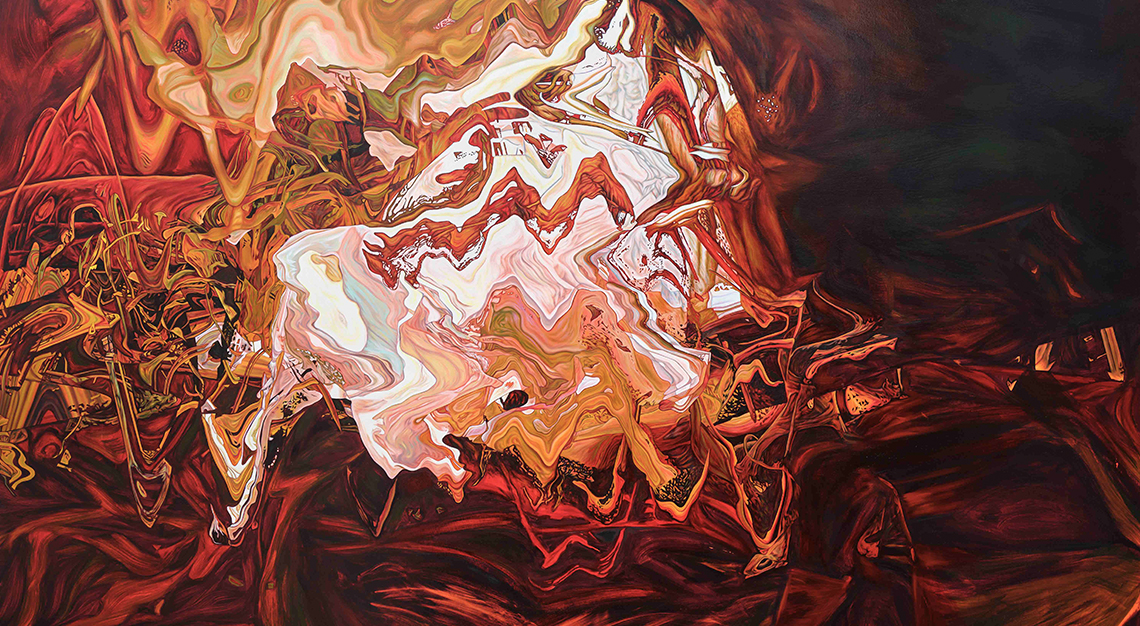
You’ve been a significant advocate for Asian contemporary art. How do you perceive the evolution and global reception of Asian art over the years, and what trends do you foresee in its future?
Asian artists have been gaining immense recognition over the past 15 years, with increased representation in biennales and triennales worldwide. However, there is still a long way to go to redress the Euro-American-centrism of the art world.
Over the coming years, as collectors from Asia continue to play prominent roles in the global art market, Asian artists will gain even more attention.
The logical next step in the nascent journey of working towards a more equitable art world is to give greater attention to artists from Asia. The development of institutions in Asia such as the National Gallery of Singapore and M+ are putting the spotlight onto artists who have been overlooked and are redefining what “global” means within the contemporary art world.
Having worked with both auction houses and art fairs, how do you see these platforms shaping the art market? What unique contributions do they make individually?
Auctions played an incredibly important role in the early stages of the art market in Asia in raising the profile of contemporary art from the region globally. Many artists in the early 2000s–when there were fewer opportunities for institutional exposure and validation–from Asia established a wider audience through their presence in auction catalogues.
However, the auction market’s primary objective is to get the best price for an artwork on any given day; and there is no responsibility to maintain the artists’ careers for the long term in contrast to the gallery system which prioritises the long-term interests of the artists over immediate commercial expediency.
Art fairs exist to celebrate best practices within the gallery system, and through a rigorous selection process by peer review, the best art fairs can act as an imprimatur of quality that gives newcomers confidence in taking the first step on their collecting journey, or for established collectors — in expanding their avenues to acquire art. Art fairs also serve as vital hubs in the art market, spotlighting a specific city, country, or region on the global art stage by creating a focal point in the calendar.
In Asia, art fairs continue to play a vital role in expanding the audience and market for contemporary art. This is crucial to developing a sustainable art ecology for the long term.
Could you share an anecdote or pivotal moment in your career that significantly shaped your approach or perspective in the art world?
There are too many to mention. Before university, I worked for the legendary London art dealer Leslie Waddington. It opened my eyes to the possibility of a career in the art world.
Moving to China in 2006 was also an incredible experience that completely changed my worldview. I travelled extensively around China to Chongqing, Kunming, Hangzhou, Nanjing and Beijing from my base in Shanghai. It was during this time that I recognised for the first time how European and American-centric the art world is, and that has informed everything I have done ever since.
Working on the launch of ART HK was also an incredible learning experience. Travelling extensively to learn about the art scenes across Asia was a privilege.
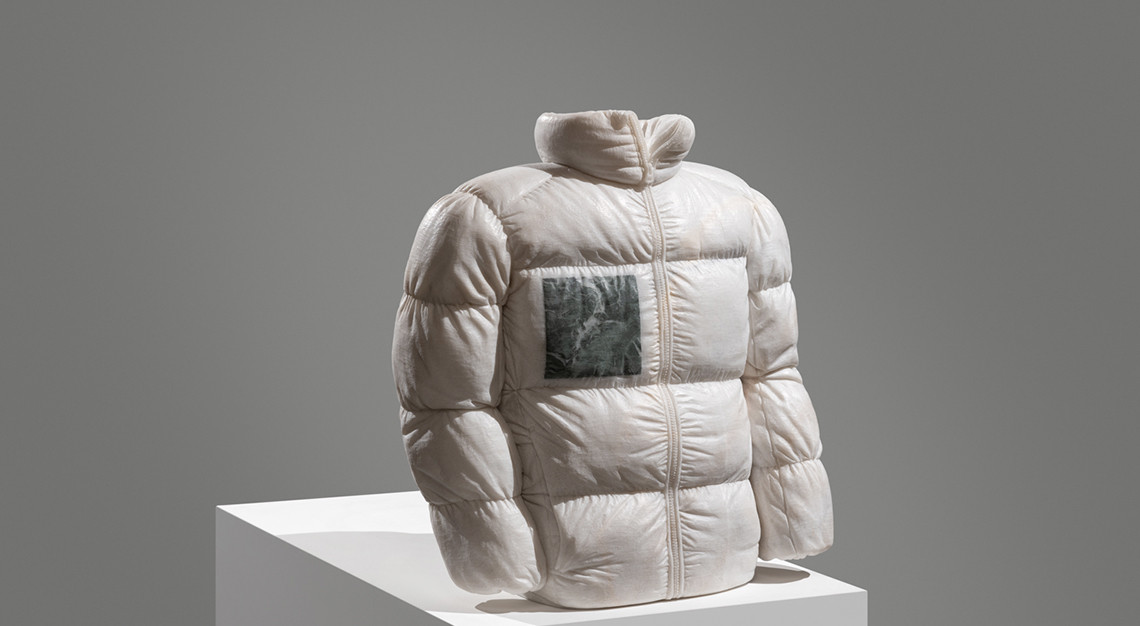
As someone deeply involved in the art market, what advice would you give emerging artists looking to establish themselves in the global art scene?
Gallery representation is incredibly important. Artists need to be free as far as possible to focus on their practice, in pursuing and developing their own authentic voice free from market concerns.
In what ways do you think technology and digital platforms have impacted the art market, and how do you see this influence evolving in the future?
The pandemic drove everyone to pivot online in the absence of the opportunity to physically engage with art. One of the common observations was that online platforms best served collectors who were looking for artworks by artists who were already familiar to them. It worked less well for making discoveries.
The meteoric rise of NFTs put a much-needed focus on the digital practice of artists and brought an entirely new and affluent audience into contact with the art world. Despite the dramatic correction in what had been an overheated and under-discerning market, there is incredible work being produced in the digital arena and there is an ever-expanding toolbox for artists to explore and utilise. Whilst I never bought into the euphoria, I don’t believe that the market correction represents the end of the market.
The most important thing is to look critically at the art regardless of the medium. In the end, there will be interesting and less interesting work created in digital media just as there is in painting, sculpture, literature etc.
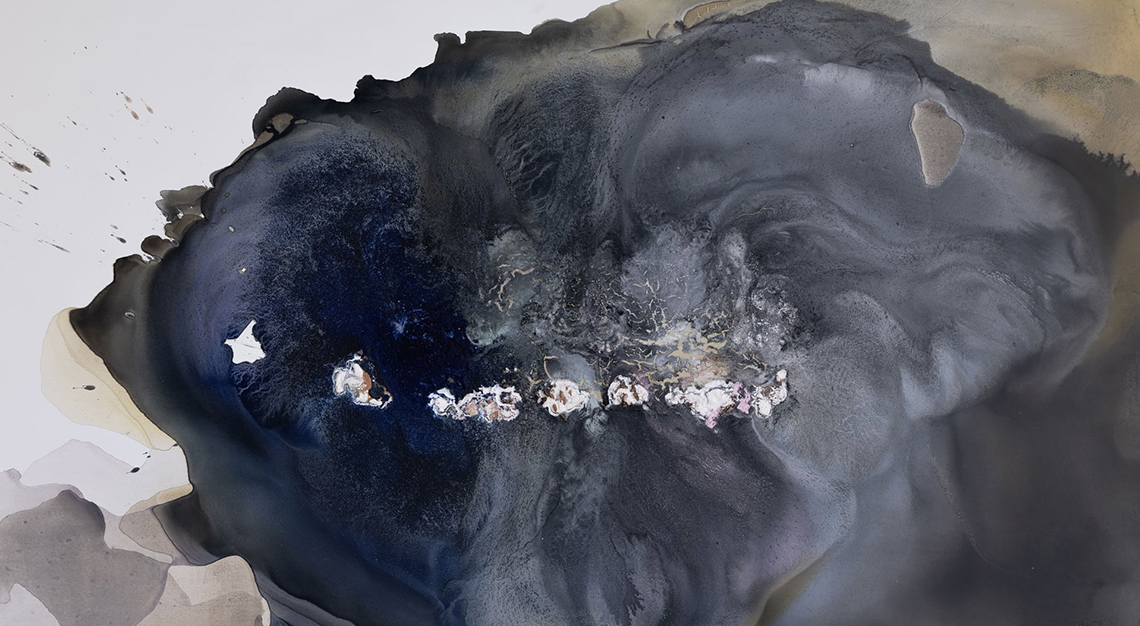
The art world often intersects with various societal and cultural aspects. How do you think art and artists contribute to social change or cultural discourse, particularly in today’s global landscape?
Art is not just about pretty pictures; it is about ideas. Artists are trying to make sense of the world and their place within it. As such, they are acutely sensitive to issues, pressures and changes in society. Artists sometimes put a fractured mirror up to society and can have a sensibility that can sometimes foretell issues that later become of mainstream concern.
You’ve witnessed the art market undergo significant changes. Are there any particular shifts or developments that have surprised you, or that you find particularly fascinating?
Over the past 15 years, the art market in Asia has developed dramatically. It has been intriguing to witness at close quarters how rapidly collectors from Asia have developed a detailed knowledge and understanding of contemporary art from around the world. Yet, we have only scratched the surface both in terms of the buying capacity of collectors (and potential collectors) in the region; but also in terms of the calibre of cultural production from different art centres across Asia.
As someone who has been a driving force in the art world, what initiatives or projects are you currently passionate about, and what do you hope to achieve through them?
We have recently created an umbrella brand called The Art Assembly for the three major fairs we organise — Taipei Dangdai, ART SG and Tokyo Gendai. I am excited at the prospect of expanding the ways in which we can leverage cross-promotional opportunities and build on our broad networks and year-round presence in Asia.



